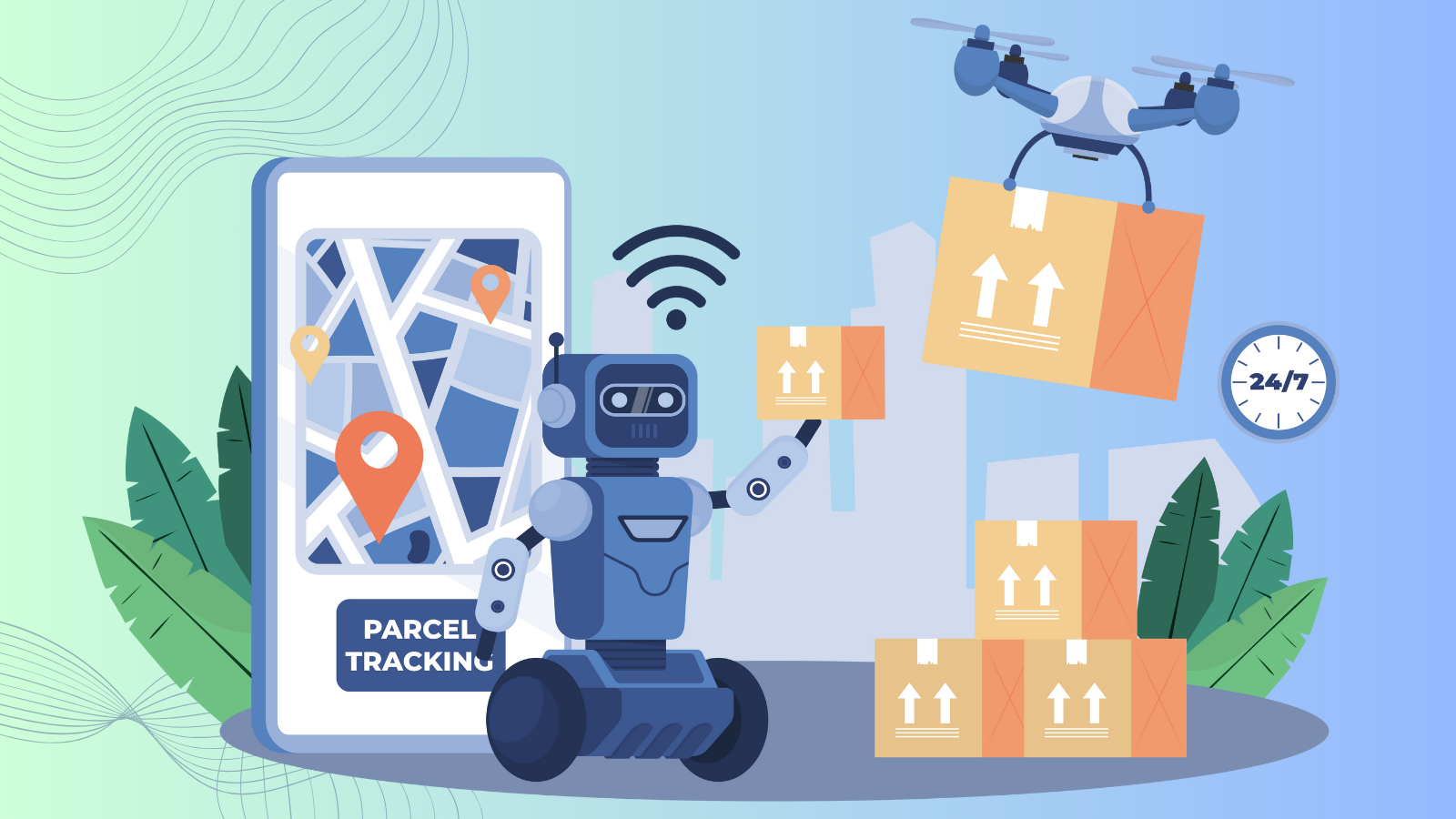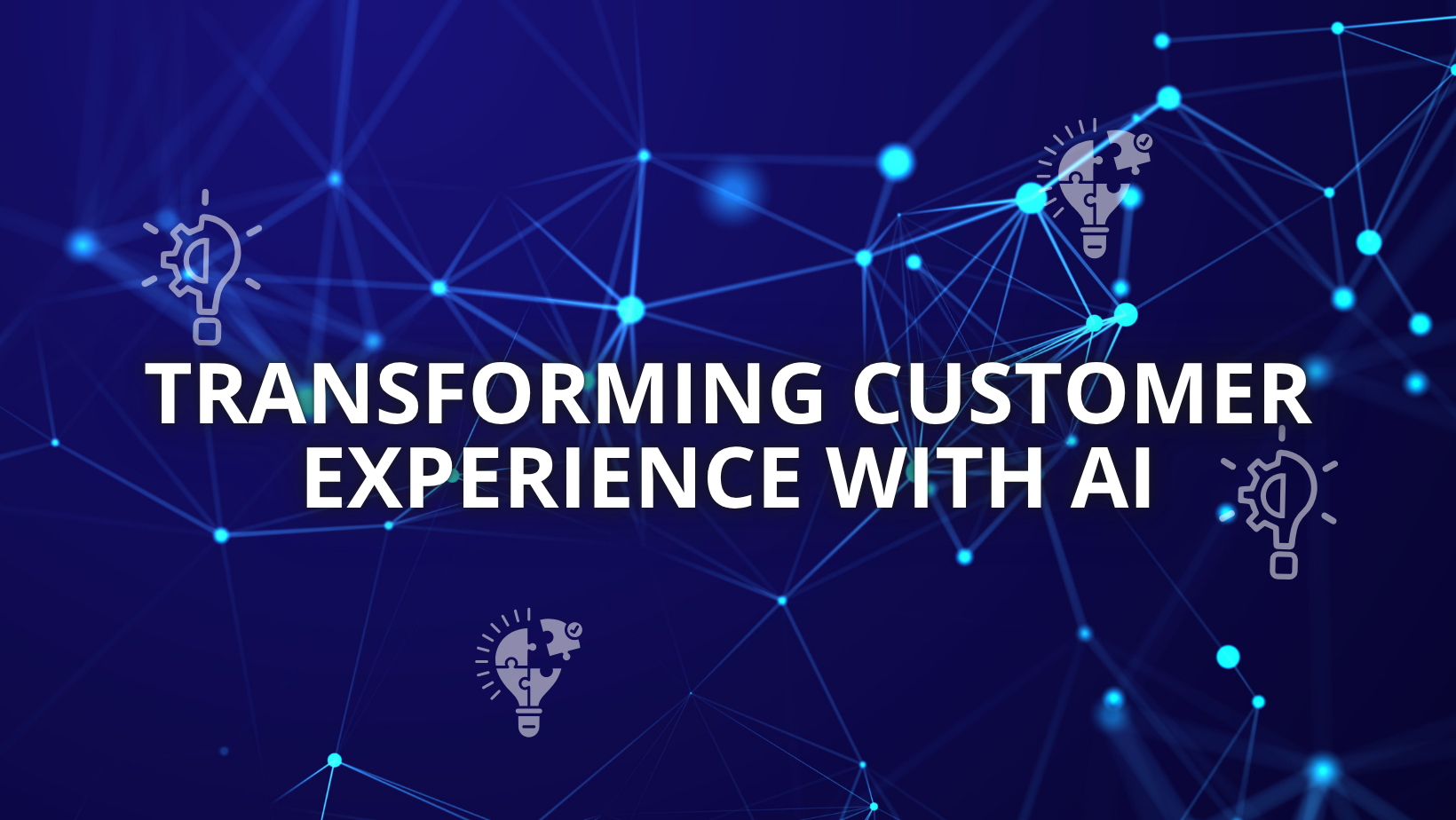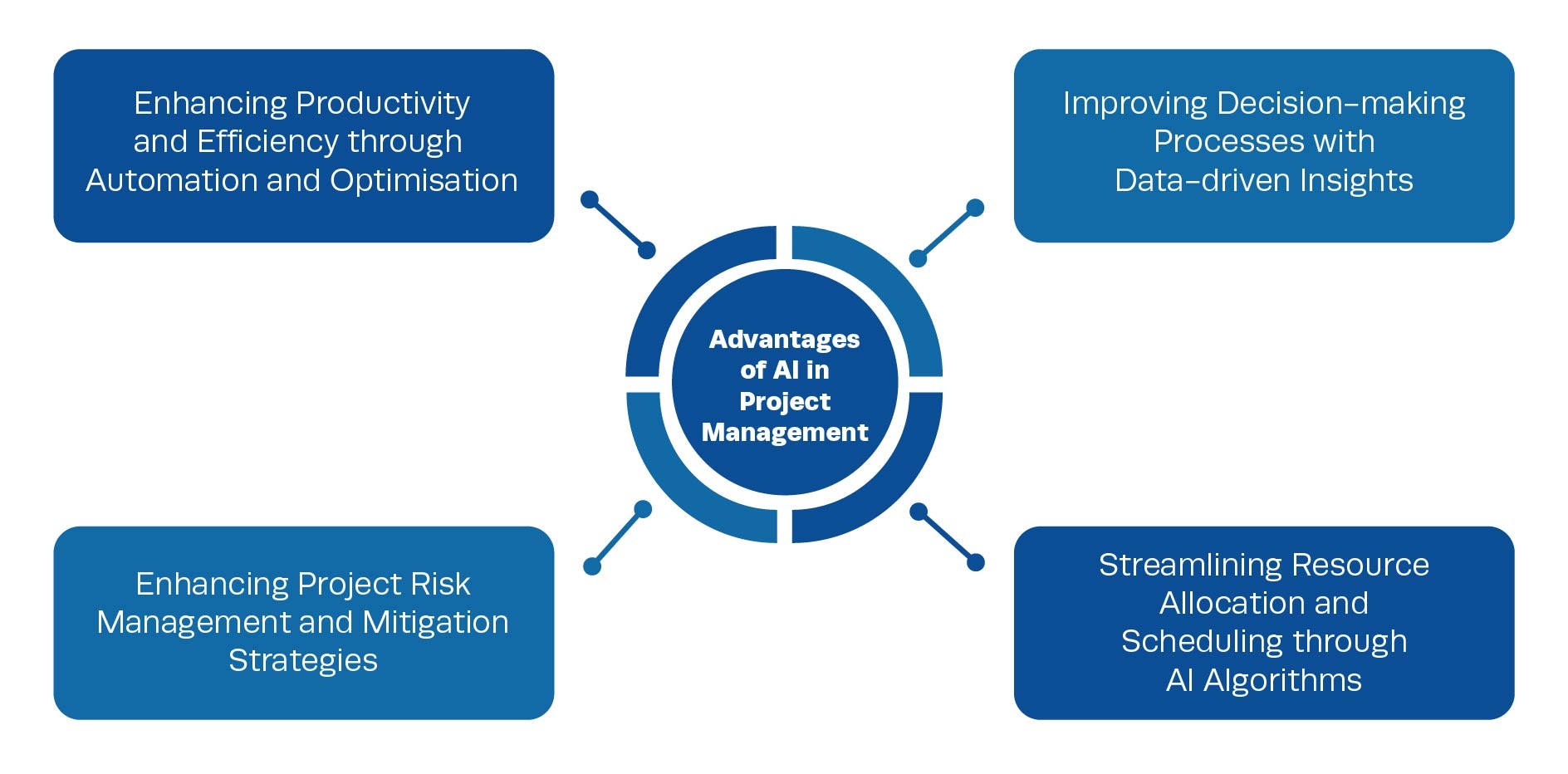Introduction
Natural Language Processing (NLP) is rapidly transforming the way businesses operate and interact with the world. From chatbots that address customer inquiries to machine translation that unlocks global markets, NLP has become an indispensable tool for companies seeking a competitive edge. However, developing and refining NLP algorithms can be a complex undertaking. This comprehensive guide delves into the six key considerations you need to master to ensure your NLP projects achieve remarkable success.
1.Setting the Stage: Defining Goals and Metrics
Before embarking on the technical aspects, meticulously defining your goals and establishing how you’ll measure success is paramount. Are you building a customer service chatbot that prioritizes user satisfaction through empathetic and helpful interactions? Or perhaps you’re developing a machine translation system that emphasizes accuracy and fluency for seamless communication across diverse languages? Identifying your specific goals will act as a roadmap throughout your NLP journey, guiding you towards selecting the most effective metrics to track progress.
Beyond the Basics: Defining KPIs and Considering Stakeholders
Defining clear Key Performance Indicators (KPIs) allows you to consistently measure the success of your NLP project. For a customer service chatbot, relevant KPIs might include average customer satisfaction ratings, resolution rates for inquiries, or reductions in call volume. For a machine translation system, KPIs could encompass accuracy metrics like BLEU score or human evaluation results, alongside efficiency measures like translation speed and cost reduction.
Remember, successful NLP projects often involve collaboration across various departments within your organization. Consider the needs and perspectives of your stakeholders, such as customer service representatives, marketing teams, or product managers. By incorporating their feedback into your goal setting and metric selection, you can ensure your NLP solution delivers value across the board, aligning with the strategic objectives of different departments.
2. Building a Strong Foundation: Data Matters
The quality and quantity of your data are the cornerstone of any successful NLP project. Ensure your data is relevant, meaning it directly pertains to the task you’re trying to solve. For example, training data for a customer service chatbot should consist of real-world customer queries and conversations related to your specific products or services. Additionally, strive for diversity in your data to avoid bias and ensure your NLP models can handle variations in language style, vocabulary, and cultural nuances. Finally, the data should be representative of your target audience and domain. For instance, training data for medical text analysis should come from reliable medical sources and not general news articles.
Going the Extra Mile: Addressing Data Ethics and Bias
As you gather and utilize data, it’s crucial to consider the ethical implications. Ensure you have obtained proper consent from individuals whose data you’re using and comply with relevant data privacy regulations. Be mindful of potential biases that may be present in your data sources, as they can negatively impact the fairness and accuracy of your NLP models. Implementing techniques like data augmentation and bias mitigation algorithms can help address these issues and ensure your NLP solutions are fair and inclusive.

3. Choosing the Right Tools for the Job
With a vast array of NLP models and frameworks available, selecting the most suitable option can be daunting. Here’s a breakdown of some popular choices to guide your decision:
- Rule-based models: These models rely on predefined rules and linguistic knowledge, making them interpretable and efficient. However, they may struggle with complex tasks and fail to adapt to new information.
- Statistical models: These models learn statistical relationships from labeled data, offering flexibility and the ability to handle some level of complexity. However, they can require extensive training data and may not be as effective with limited data sets.
- Neural models: These models are inspired by the structure and function of the human brain and have demonstrated remarkable performance in various NLP tasks. However, they often require significant computational resources, large amounts of training data, and expertise in tuning hyperparameters.
Ultimately, the best choice depends on your specific goals, data availability, and resource constraints. Consider exploring popular tools and libraries like NLTK, spaCy, TensorFlow, and PyTorch, which offer various functionalities and pre-trained models to empower your NLP development process.
Exploring Cutting-Edge Options: Stay Updated on Emerging Technologies
The field of NLP is constantly evolving, with new models and frameworks emerging regularly. Staying updated on the latest advancements can give you a competitive edge. Consider exploring cutting-edge options like transformers and pre-trained language models, which have shown remarkable performance in various NLP tasks. Additionally, keep an eye on new research and development in areas like explainable AI (XAI) to ensure your NLP models are not only effective but also transparent and understandable. This allows you to explain how your models arrive at their decisions and builds trust with users.
By following these comprehensive considerations and embracing continuous learning, you can embark on a journey of mastering NLP and unlocking its transformative potential for your business.
4. Fine-tuning Your Craft: Optimizing Parameters
Once you’ve chosen your models and frameworks, it’s time to fine-tune them for optimal performance. Parameters are the variables your models learn during training, such as weights and biases, that influence their decision-making process. Hyperparameters are pre-defined settings that control how the training process itself occurs, like the learning rate or the number of training epochs. Optimizing both parameters and hyperparameters is crucial for improving your NLP models’ accuracy, efficiency, and generalizability.
Leveraging Automation and Experimentation:
Optimizing NLP models can be an iterative and time-consuming process. Consider using automated hyperparameter tuning tools like Hyperopt or Optuna to explore a wider range of settings efficiently and accelerate this process. Additionally, embrace experimentation as a key learning tool. Try different combinations of models, parameters, preprocessing techniques, and data augmentation strategies to discover the best solution for your specific NLP project.

5. Putting it to the Test: Validation is Key
After optimization, rigorous testing and validation are essential to ensure your NLP models function as intended and perform well in real-world scenarios. Utilize different data sets for training, testing, and validation, such as splitting your data into 80% for training and 20% for testing and validation. This helps prevent overfitting, where the model performs well on the training data but poorly on unseen data.
Going Beyond the Numbers: Human Evaluation and User Feedback:
While quantitative metrics like accuracy, precision, and recall provide valuable insights, human evaluation plays a crucial role in testing the user experience and overall effectiveness of your NLP models. Involve human evaluators to assess the naturalness, fluency, and coherence of the model’s outputs. Additionally, gather user feedback through surveys, interviews, or A/B testing to gain real-world user perspectives and identify areas for improvement.
6. A Continuous Journey: Iteration and Improvement
The field of NLP is constantly evolving, with new research, models, and techniques emerging regularly. Staying updated on these advancements is crucial for maintaining a competitive edge. Regularly monitor and evaluate your NLP models’ performance as your data, goals, and user needs evolve over time. Be prepared to iterate and adapt your approach by incorporating new learnings and best practices to ensure your NLP solutions remain effective and deliver long-term value for your business.

Conclusion
Mastering NLP requires a strategic and multifaceted approach. By following this comprehensive guide, you can gain a deeper understanding of the key considerations, from defining clear goals and utilizing high-quality data to selecting the right tools and continuously iterating for improvement. Remember, the journey to NLP mastery is ongoing, filled with opportunities for exploration, experimentation, and continuous learning. Embrace this journey, and unlock the transformative potential of NLP to empower your business and achieve remarkable success.











